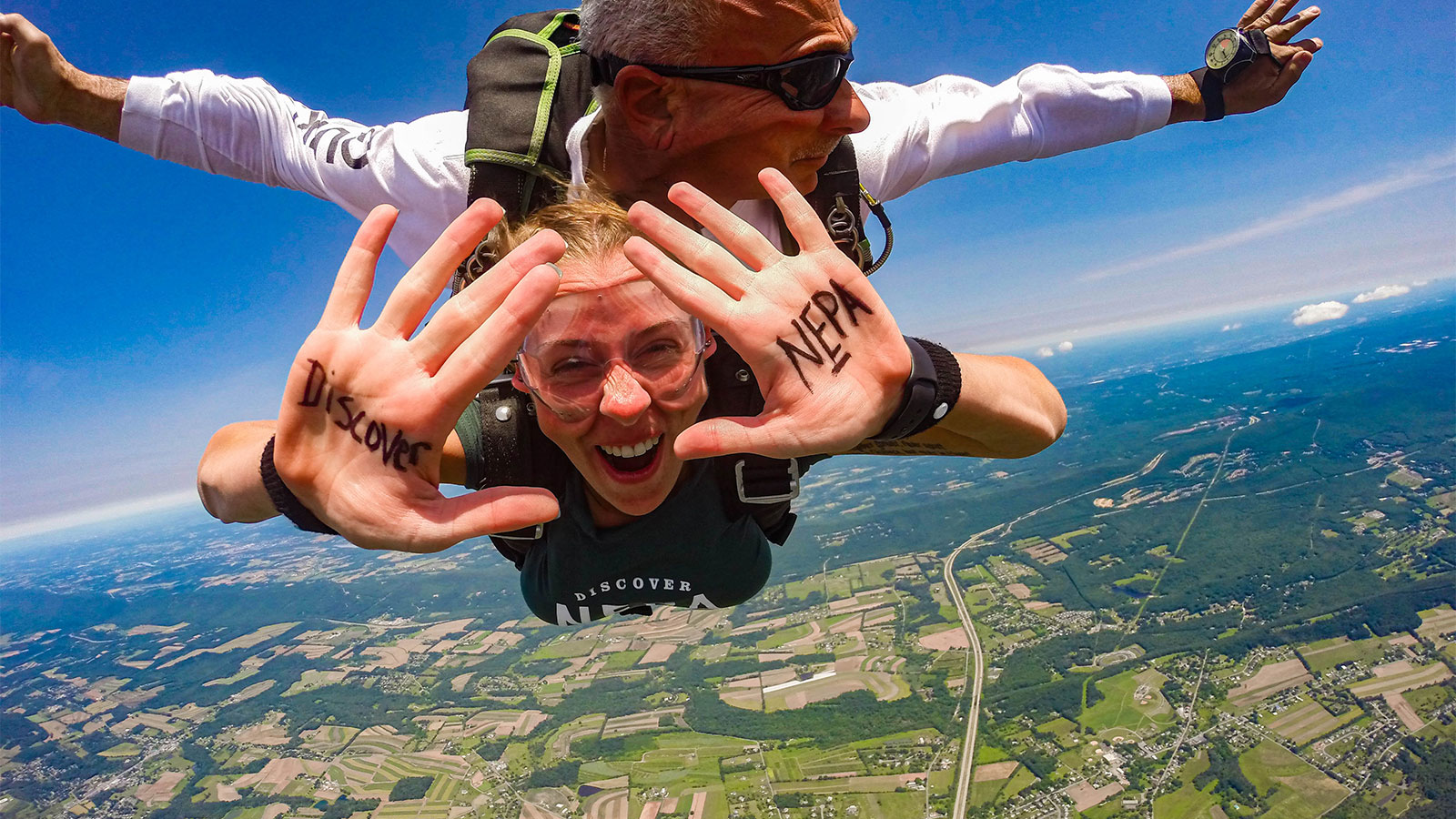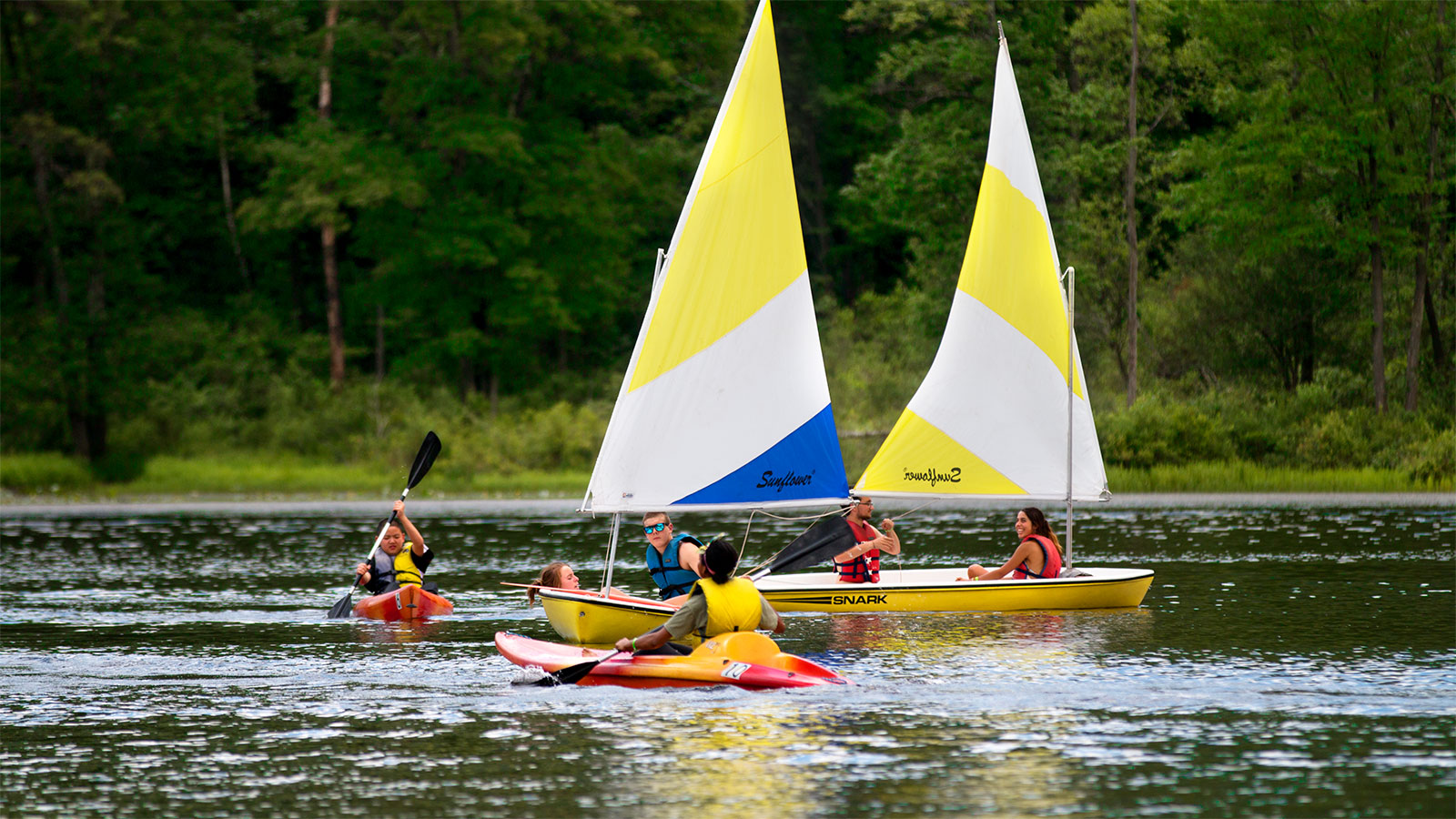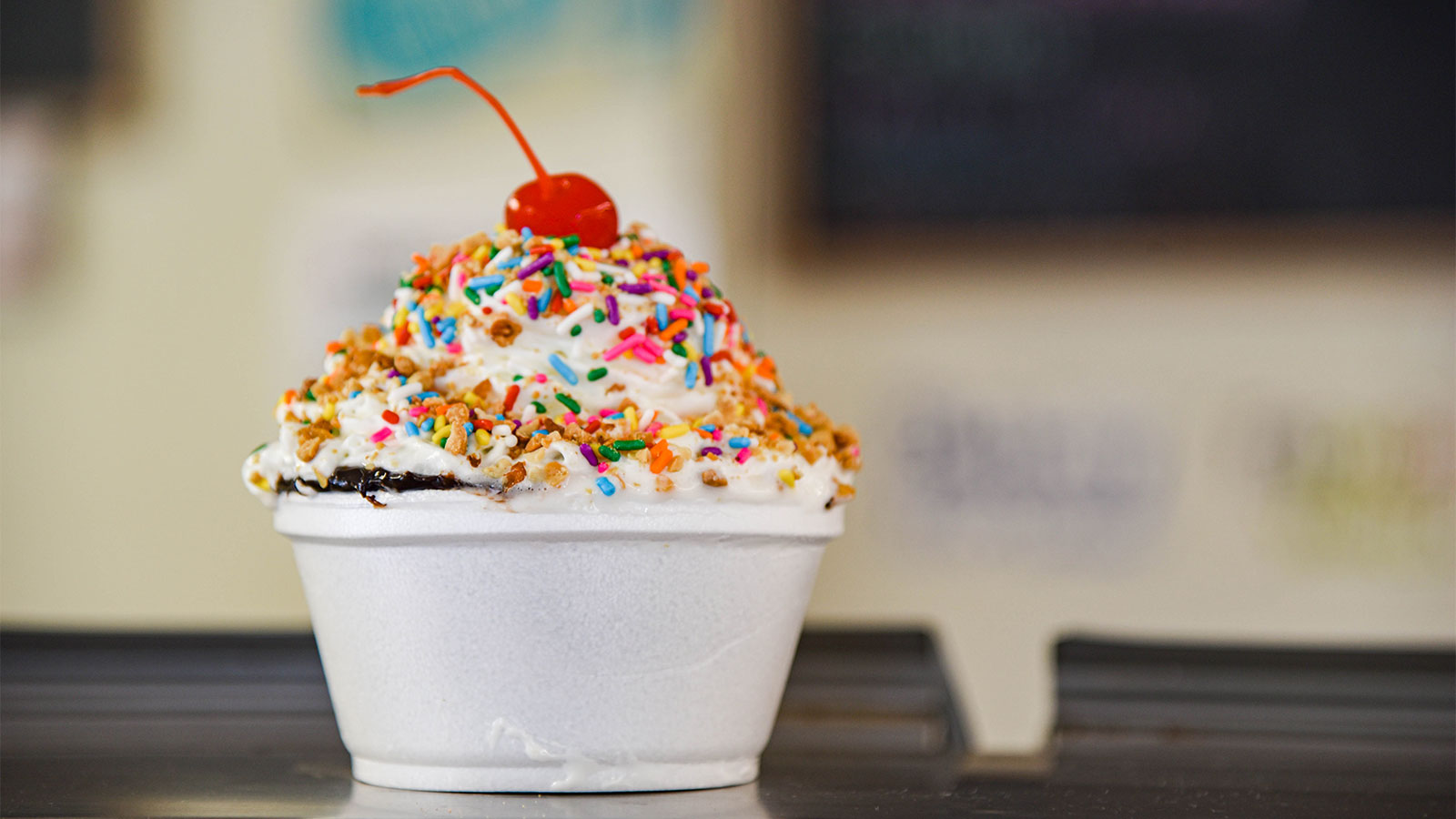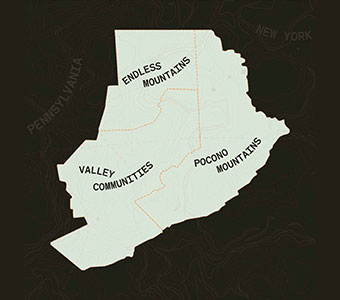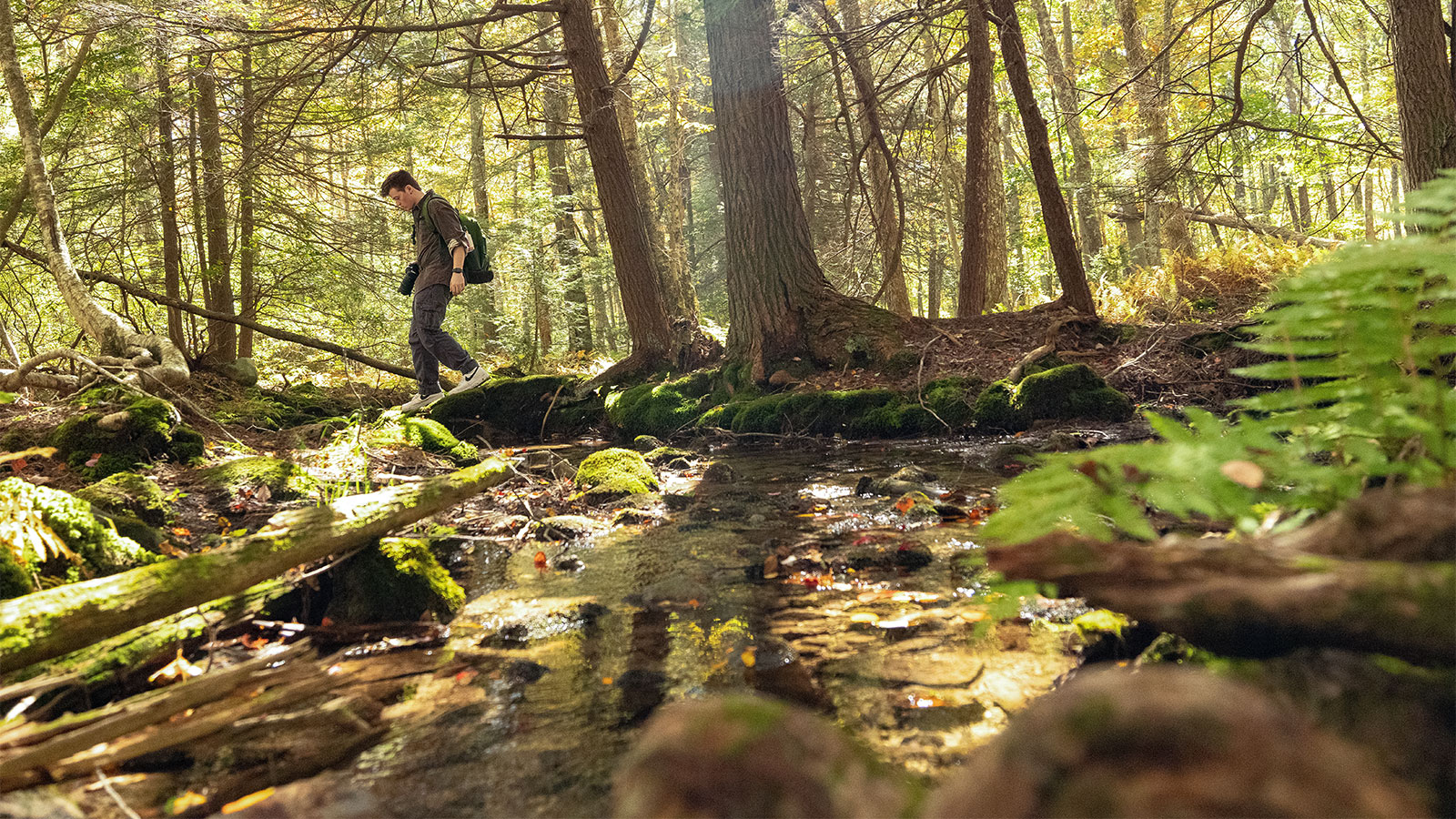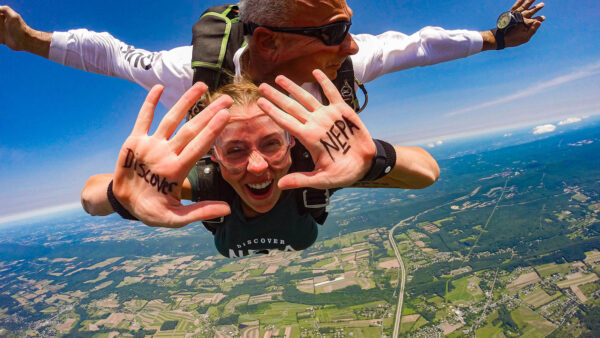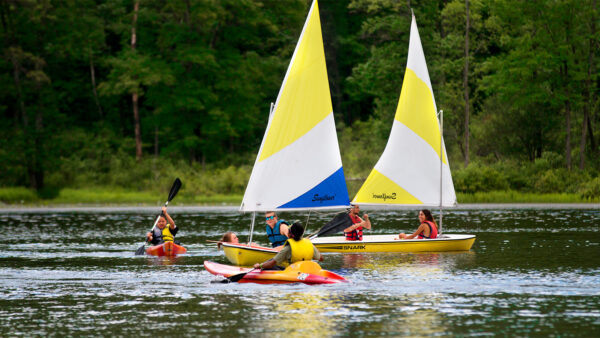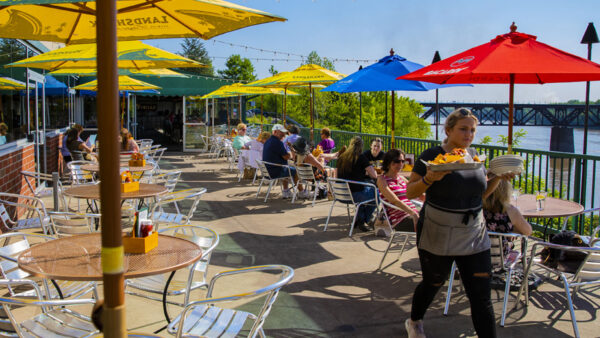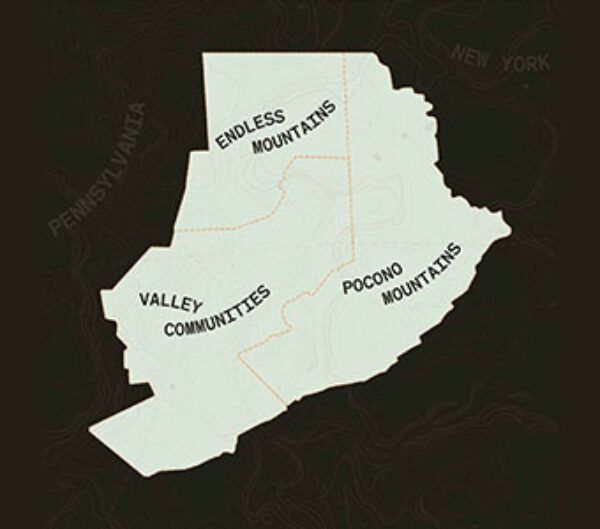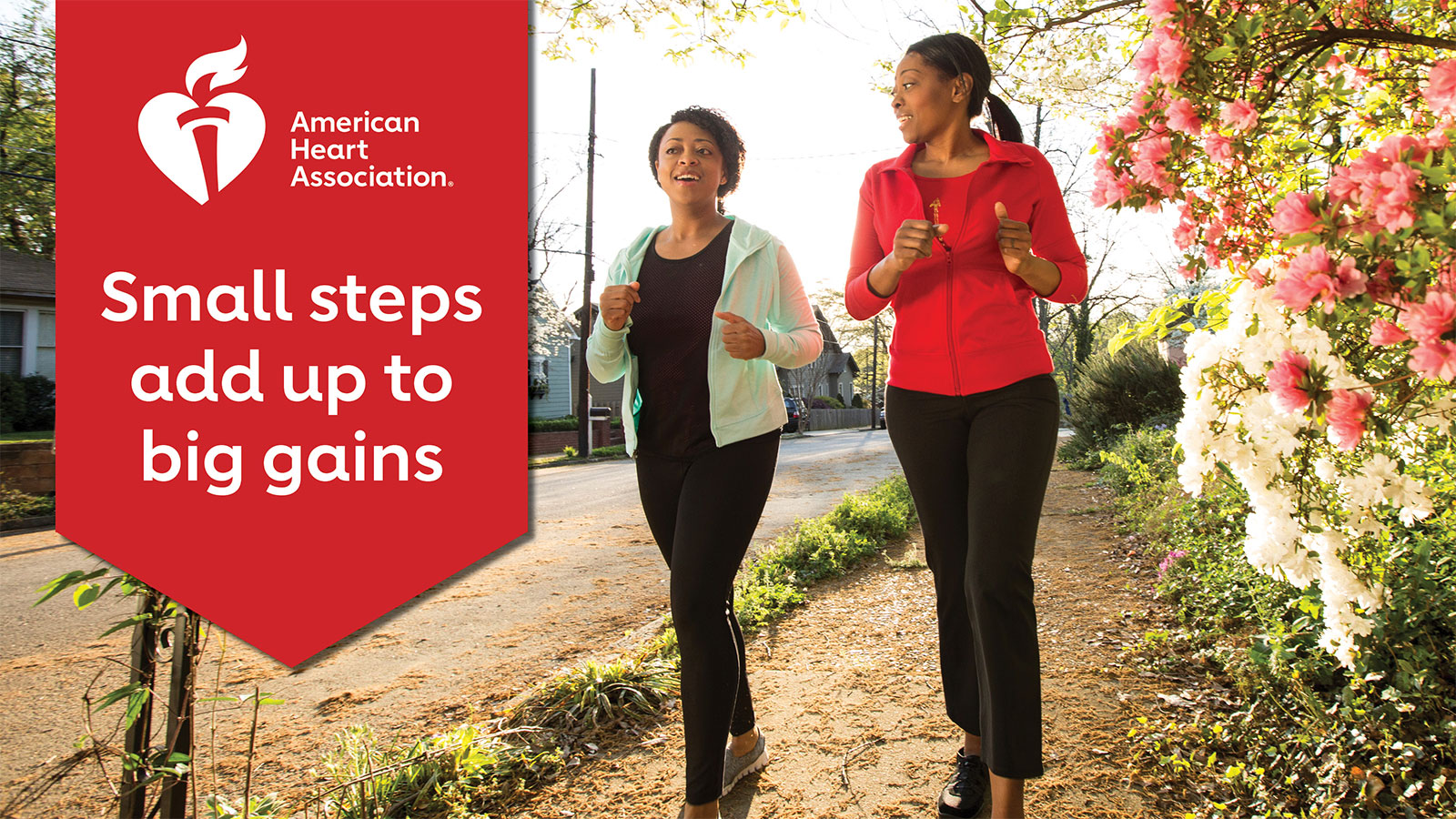Since 1924, the American Heart Association has been fighting heart disease and stroke and helping people to live longer, healthier lives. Our local AHA shares ways that you can stay healthy, get involved and help raise awareness right here in NEPA.
The Benefits of Regular Physical Activity are Undeniable.
Something is better than nothing, and we all have to start somewhere. Even if you’ve been sedentary for years, today is the day you can begin to make healthy changes in your life. The American Heart Association has the tools and resources to get you on the right path to a healthier lifestyle.
When it comes to simple ways to be healthy, walking is one of the easiest. For most people, it’s safe, easy to stick with, and low- or no-cost. It doesn’t require any special skills or equipment. For such a simple activity, it has so many benefits.
Research has shown that walking at a lively pace at least 150 minutes a week can help you:
- Think better, feel better and sleep better.
- Reduce your risk of serious diseases like heart disease, stroke, diabetes and several types of cancer.
- Improve your blood pressure, blood sugar and blood cholesterol levels.
- Increase your energy and stamina.
- Improve your mental and emotional well-being and reduce risk of depression.
- Improve memory and reduce your risk of dementia.
- Boost bone strength and reduce your risk of osteoporosis.
- Prevent weight gain.
If 150 minutes sounds like a lot, remember that even short activity sessions can be added up over the week to reach this goal. And it’s easy to fit in a few minutes of walking a several times a day.
How To Walk for Fitness
Gear up. All you need to get started are comfortable clothes and supportive shoes. Keep your cool by layering clothing, because exercise raises your body’s temperature. Shoes designed for walking or running are best, but not required. Just make sure you have a little wiggle room (about half an inch) between your longest toe and the end of the shoe. Avoid cotton socks because they retain moisture and can lead to blisters. (Who knew?!)
Easy does it. If you’re out of shape, begin with short distances. Start with a stroll that feels comfortable (perhaps 10-15 minutes) and gradually increase your time or distance. If it’s easier on your body and your schedule, stick with a couple of 10- to 20-minute walks a day instead of one long walk.
Focus on form. Keep your head lifted (no texting!), abs engaged and shoulders relaxed. Swing your arms naturally. Avoid carrying heavy items or hand weights because they can put extra stress on your elbows and shoulders – try a backpack instead. Stick to a comfortable, natural stride.
Breathe. If you can’t talk or catch your breath while walking, slow down. At first, forget about speed. Just get out there and walk!
Pick up the pace. To warm up, walk at an easy pace for the first several minutes. Then gradually increase your speed.
Add variety and challenge. Try brisk intervals. For example, walk one block fast, two blocks slow and repeat several times. Over time you’ll be able to add more fast intervals with shorter recovery periods. Walking hills or stairs is a great way to increase muscle tone and burn more calories.
Stretch. The end of your walk is a great time to stretch since your body is warmed up. Stretch your hamstrings, calves, chest, shoulders and back. Hold each stretch for 15 to 30 seconds.
Track your progress. Fit walking into your schedule whenever you can. That may mean three several short walks a day. When you can fit it in, longer walks will help you improve your stamina. Just remember your overall goal is at least 150 minutes each week.
Stay Safe While Walking
Be alert. Listening to music while you walk can help keep you energized. And making phone calls is a good way to multitask. But if you use headphones, keep the volume low and watch out for traffic that you may not hear. Don’t text or stare at your device while walking, so you can keep your eyes on the road.
Stand out. Wear light colors or reflective clothing and carry a flashlight or glow stick (it adds to the fun!) if you walk when visibility is low.
Be street smart. Walking on sidewalks is best, but if you have to walk on the street, stick to streets with lower speed limits and make sure drivers can see you.
Know the neighborhood. Note which businesses are open when you’ll be walking and the location of emergency telephones. Walk on well-traveled streets rather than taking shortcuts through alleys or parking lots.
Listen to your body. If you have foot, knee, hip or back pain when walking, STOP and check with your doctor to find out the cause. You may need different shoes or another form of activity like cycling or water exercise. But don’t give up! Find the activity that’s right for you.
Just Walk
Maybe you haven’t been active for a while. No problem! Just get started. It’s not all or nothing… it’s step by step. Even if you’re already active, here are some easy ways you can add more steps into your day:
- Grab the leash and take the dog out for a walk.
- Forget about rock star parking. Park a bit farther from the entrance to your workplace, school, grocery store, restaurants, etc.
- Take the stairs instead of the elevator, even if just for one or two floors.
- Catch up with a friend by walking around the block while you chat on the phone.
For more information, visit heart.org.
